Picture this: You’ve just finished a beautiful woodworking project; the stain is perfect, the finish is smooth, and everything looks exactly as you envisioned it.
But wait, what’s that?
A glob of glue on the corner of your masterpiece – ruining the entire aesthetic.

Don’t let a little bit of glue ruin your hard work!
Glue is a common adhesive used in woodworking projects but can also be a nuisance when it dries on the surface of the wood. Removing glue from wood is important for the overall appearance and durability of the finished product.
Glue residue left on the surface of the wood may prevent stains and finishes from penetrating the surface evenly resulting in an uneven finish.
By learning how to remove glue from wood, you can create a clean and professional-looking finish on your projects.
Different Types of Glue & Why They Can be Difficult to Remove
There are various types of glue used in woodworking, including:
- PVA Glue
- Epoxy Glue
- Cyanoacrylate glue (Also known as Super Glue)
- Polyurethane Resin
Each of these glues can be challenging to remove from wood. PVA glue, for example, is water-soluble, but once it dries, it forms a strong bond that can be difficult to remove without damaging the wood.
Epoxy glue on the other hand is highly resistant to high temperatures and many chemicals. Hence, it requires a different approach (like using an epoxy solvent) to remove it effectively.
Cyanoacrylate glue is known for its fast-drying and strong bonding properties making it challenging to remove without damaging the wood.
Finally, polyurethane glue forms a strong bond that can be challenging to remove once it dries.
Understanding how to remove glue from wood is essential for anyone involved in woodworking projects.
To get a professional-looking finish, it’s essential to know how to select and use the best type of glue for each project. Additionally, understanding the proper way to remove glue from wood can help you maintain an attractive end result.
How To Get Dried Glue Off The Wood?
Attempting to remove dried glue without proper preparation can damage the surface of the wood, leaving scratches or gouges that won’t be easy to fix.
Therefore, approach this task carefully; take the necessary precautions to protect the wood surface.
Sanding is the most efficient way to remove any dried wood glue from unfinished wood surfaces. To achieve the best results, 150-grit sandpaper should be used in a circular motion till all traces of the glue have been completely eradicated.
To effectively get rid of glue from finished wood surfaces, it is recommended to use a heat gun to soften the adhesive. Once the glue has been heated up, you can then carefully scrape away the softened adhesive for a flawless finish.
Using a Chisel To Remove Dried Glue From Wood
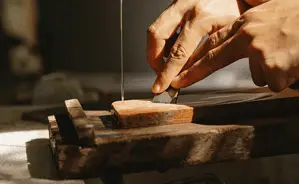
If the glue on your wood surface is thick and hard to remove, consider using a chisel. However, handle it with caution as excessive force can easily cause damage.
Here are the steps to securely take off the glue with a chisel:
1. Angle The Chisel
Hold the chisel at a low angle to the wood surface (15 degrees) and gently scrape away the dried glue. Strike the chisel with a mallet to slide it beneath the glue.
Be careful not to gouge the wood while using the chisel by applying light pressure.
2. Work in Small Sections
To avoid accidentally ruining the wood surface, work on the dried glue in small sections. This will give you more control when using the chisel and help ensure that the job is done correctly.
3. Check Progress
Keep an eye on your work to see how much of the sticky glue you have managed to get rid of. If necessary, use a sander to remove any remaining pieces of glue.
Tips to Avoid Damaging the Wood
- Use a sharp chisel
- Avoid using too much pressure when scraping with the chisel
- Use light, controlled movements to avoid gouging the wood
- Break the job up into manageable portions. This will make it easier to manipulate the chisel without causing any harm
How To Soften Hardened Glue Before Removing From Wood?
Making judicious use of some household or commercial products like acetone and vinegar can help to effectively soften the adhesive to make it easier and faster to scrape off.
Softening the glue makes it more pliable and easier to remove without damaging the surface underneath. These products can be easily bought from any local store, making it convenient for users to complete the task with minimal effort.
10 Methods For Softening & Removing Hardened Glue
Getting rid of hardened glue can be tricky, but there are multiple methods you can use to make the process simpler.
From applying heat to employing chemical compounds – these solutions make it easy for you to remove even the stickiest of glue quickly & efficiently.
Materials You Need
-
Household products like baking soda or lemon juice
-
Commercial products like glue remover
-
Cotton balls
-
Clean cloth
-
Respirator mask
-
Rubber gloves
-
Scraping tool
-
Sanding tool
1. Baking Soda & Hot Water

To remove adhesive from wood, an incredibly effective method would be to make a solution of baking soda and hot water.
Steps To Remove Glue With Baking Soda & Hot Water
1. Make the Paste
To make a baking soda and hot water paste, combine a good amount of baking soda with hot water in a bowl till it creates a thick & creamy mixture. You can tweak the measurements according to your desired consistency.
2. Soften the Glue
To make the most out of your paste, soften up any dried glue that may be present. This is done by using either a blow dryer or a heat gun to blow hot air onto the spot where the glue lies. Doing this helps it slowly soften so you apply your paste.
3. Apply the Paste
A spatula or putty knife should be used to spread a generous layer of the baking soda & hot water paste over the glue-affected area. Make sure it’s completely covered and evenly distributed for the best results.
4. Let it Sit
Let the paste sit on the glue for roughly 30 minutes. This will enable the baking soda and hot water to weaken the glue’s bonding ability providing more efficient results.
5. Scrub & Wipe Away
Let the paste work its magic and then use a sponge or cloth to clean and scrub away the paste and glue. Some pressure might be required to take off the glue.
Once done, rinse the area with fresh water and wipe it with a neat cloth.
2. Heat Gun
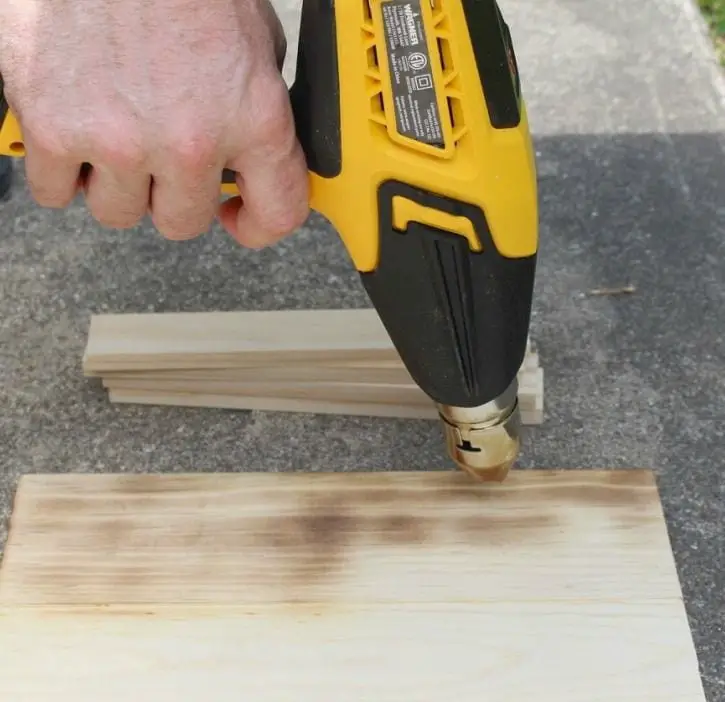
Using a heat gun to remove glue can be a quick and effective method, especially for large or tough glue stains. The heat from the gun can soften the glue making it easier to scrape away.
Steps To Remove Glue From Wood With a Heat Gun
1. Choose the Right Setting
Before using a heat gun to remove glue, it’s important to choose the right setting. Most heat guns have adjustable temperature settings – choose the lowest heat setting to start.
2. Heat the Glue
Hold the heat gun away from the glue for about 15 seconds to soften the glue and make it easier to remove.
3. Scrape Away the Glue
To remove softened glue, use a scraper with caution to avoid damage to the surface underneath. If the glue proves stubborn, you can reheat it again and repeat the process until it has been successfully removed.
4. Clean the Surface
Once the adhesive has been meticulously taken away, use a soft fabric to clean off any remaining residue or particles from the area.
3. Mineral Spirits
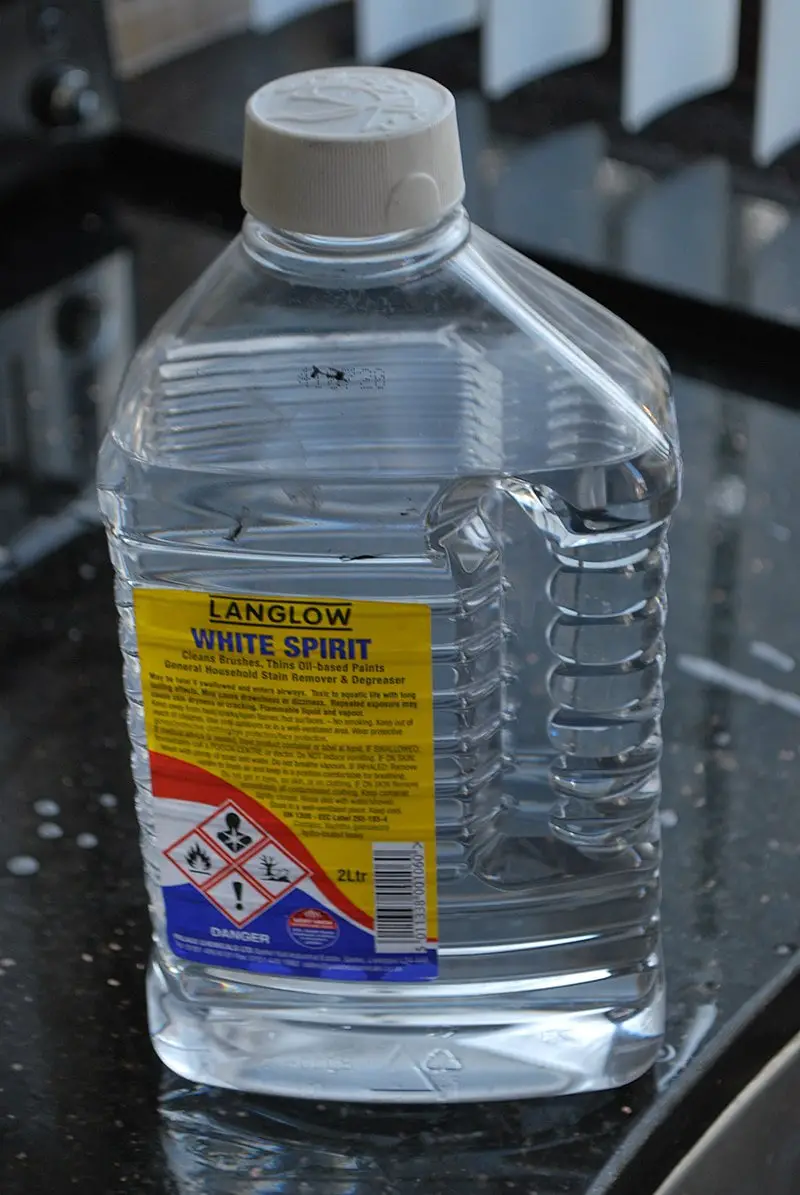
If you’re looking for a solvent that can remove stubborn glue from finished wood without damaging the surface, mineral spirits may be the perfect solution. Mineral spirits are a powerful solvent that breaks down adhesive residue and makes it easy to wipe away.
Unlike some other solvents such as acetone or alcohol, mineral spirits are safe to use on finished wood surfaces.
Steps To Remove Glue With Mineral Spirits
1. Apply the Mineral Spirits
Begin by applying a moderate amount of mineral spirits onto a fresh cloth or rag. Carefully rub the cloth on top of the glue until it absorbs the solvent.
2. Let it Sit
To weaken the glue, let the mineral spirits sit on it for a few minutes. This will grant the solvent enough time to break down its adhesive properties.
3. Wipe Away
To get rid of the softened glue, take a clean cloth and start wiping it off. Apply some pressure for the glue to be removed. Keep doing this until all traces of the glue are gone.
4. Lemon Juice & Salt
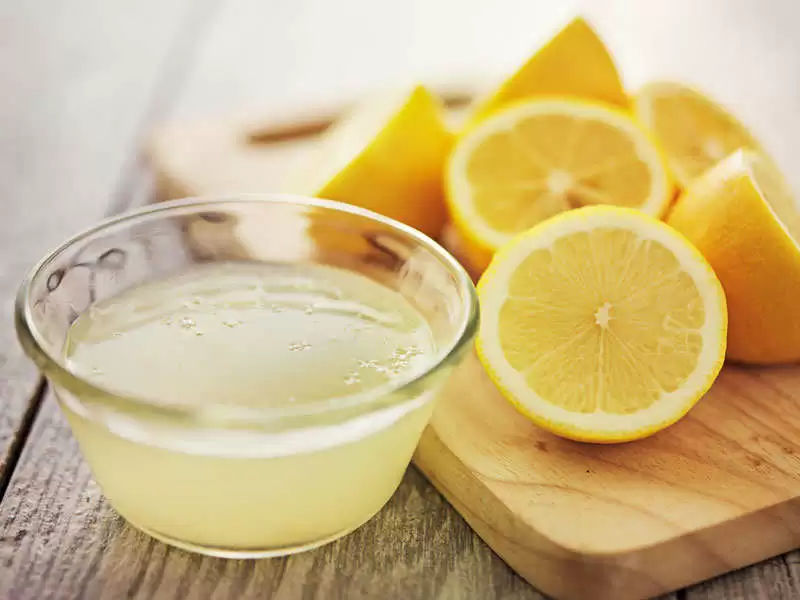
For a natural solution to remove stubborn glue from a surface, lemon juice and salt might be just the thing you need. This simple yet effective method can be used on a variety of surfaces, including wood furniture.
Lemon juice is acidic and can break down the adhesive properties of some glues, making them easier to remove. When salt is added, it acts as an abrasive to help scrub away the softened glue. This method is particularly effective for removing cyanoacrylate adhesives from wood.
Steps To Remove Glue With Lemon Juice & Salt
1. Extract Lemon Juice onto the Glue
Cut a fresh lemon in half. Squeeze the lemon juice directly onto the glue.
2. Add Salt
Sprinkle salt over the lemon juice so that it forms a paste on the glue.
3. Let it Sit
Give the combination of lemon juice and salt a chance to take effect on the glue for 10-15 minutes. This allows it to dissolve the sticky quality of the glue.
4. Scrub Away the Glue
Using a scrub brush or an abrasive sponge, scrub away the glue and the lemon juice mixture. You may need to apply some pressure to get the glue to come up.
5. Wipe Away Excess
Once the glue is removed, wipe away any excess lemon juice and salt mixture with a clean, damp cloth.
5. Nail Polish Remover
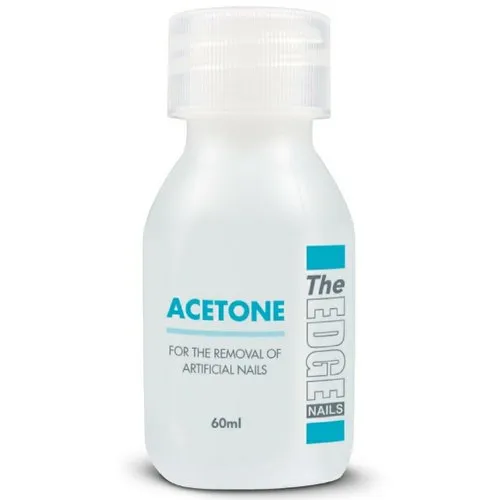
Acetone-based nail polish remover is a great way to tackle glue residues on various surfaces. Not just for removing nail polish, it can also be used to soften dried-up glue.
Nonetheless, note that nail polish remover is only suitable for use on surfaces that are not sensitive to harsh chemicals such as untreated or unfinished wood.
Steps To Remove Glue From Wood Using Nail Polish Remover
1. Test in an Inconspicuous Area
Before using nail polish remover to remove glue, test it in a small area to ensure that it doesn’t damage the surface.
2. Apply the Nail Polish Remover
Use a cotton ball or a clean cloth to apply the product to the glue stain.
3. Wait for It to Soak In
Let the nail polish remover sit for a few minutes to let it seep into the glue thereby loosening it up.
4. Scrape Away the Glue
Using a plastic scraper or a spatula, gently scrape away the glue. Be sure to work slowly and carefully to avoid damaging the surface.
5. Clean the Area
After removing the glue, clean the surface with warm, soapy water to remove any remaining residue.
6. White Vinegar

White vinegar is an incredibly versatile cleaning agent with its uses ranging from removing adhesive residues to sanitizing surfaces. It’s especially renowned for being particularly effective at cleaning wooden surfaces.
Steps To Remove Glue With White Vinegar
1. Prepare Your Materials
Gather the necessary materials including white vinegar, a soft cloth or sponge, and a scraper.
2. Apply White Vinegar to the Glue
Pour white vinegar onto a soft cloth or sponge and place it over the glue. Ensure that the vinegar applied is not excessive.
3. Allow the Vinegar to Penetrate the Glue
The vinegar should be allowed to soak into the glue for a few minutes before attempting to remove it. This will allow the bond between the wood and glue to be weakened which in turn makes it simpler to take off.
4. Remove the Softened Glue
Use a scraper to rid the wood of softened glue. Gently put pressure on it while taking caution not to damage the surface. Start peeling away the glue at the edges, gradually making your way toward the middle.
5. Clean the Surface
After removing as much glue as possible, use a clean cloth or sponge dipped in warm water to wipe down the area. If necessary, repeat the process until all the glue is removed.
7. Petroleum Jelly
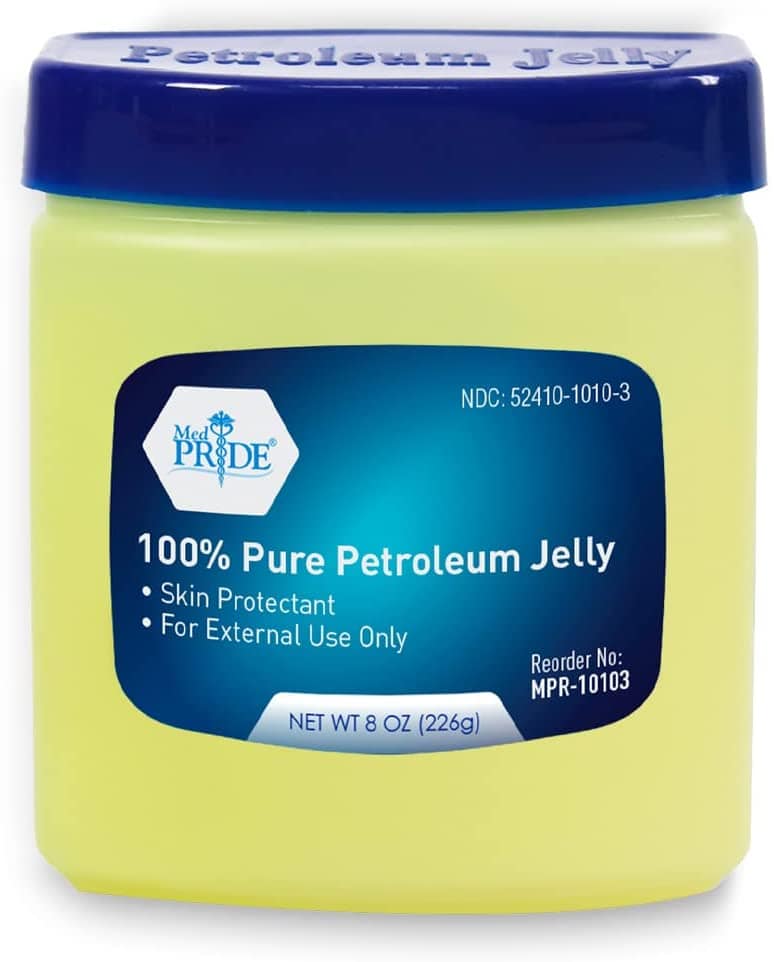
Petroleum jelly is a cheap household product found in most homes. Not only is it great for moisturizing dry skin but it can also be used to remove sticky adhesive from surfaces.
Steps To Remove Glue With Petroleum Jelly
1. Apply the Product
Apply a generous amount of petroleum jelly directly onto the glue. Ensure you cover the whole affected area with a thick layer of the product.
2. Let it Sit
Give the petroleum jelly a few minutes to set in and weaken the glue’s grip on the wood.
3. Scrape the Glue Away
Carefully remove the glue from the wooden surface using a putty knife. Too much pressure can lead to damage so apply only gentle force for successful scraping.
4. Wipe Down the Area
To ensure that all the glue has been thoroughly removed, use a clean cloth or sponge to clean the wood. A solution of warm water and mild soap can then be used to wipe down the wood making sure all traces of adhesive are cleared away.
8. Cooking Oil
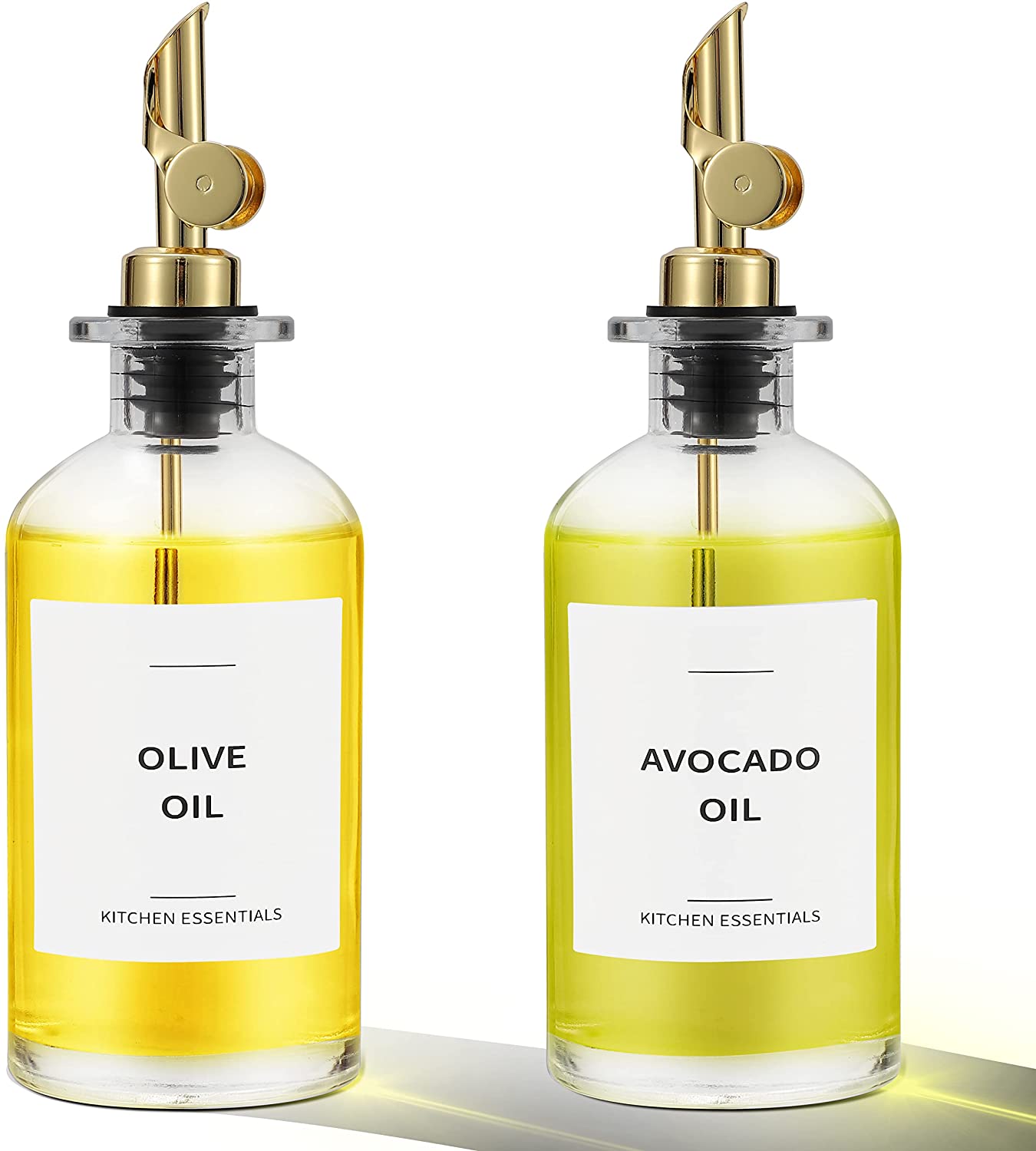
Vegetable oil, olive oil, or even mayonnaise can all be used to gently remove glue from wood surfaces in an inexpensive and non-toxic way.
What’s great is that you don’t need special equipment or products; it’s easy to do right at home. Plus, it’s environmentally friendly too!
Steps To Remove Glue From Wood With Cooking Oil
1. Gather Materials
You’ll need a clean cloth or rag, cooking oil (vegetable or olive oil), and a plastic scraper or putty knife.
2. Apply Oil
Pour a small amount of cooking oil onto the glue spot and let it remain for 15 minutes. The oil will slowly dissolve the glue and make it easier to remove.
3. Wipe Away Glue
Once the oil has had time to do its job, use a clean cloth to carefully remove any glue and oil residue. Depending on the amount of glue and how long it has been on the wood, you may need to repeat this process a few times.
4. Clean Wood
Once all the glue is removed, use a clean cloth or rag to wipe away any excess oil from the wood surface. You can also use warm, soapy water to clean the area and remove any residual oil.
9. Orange Peel
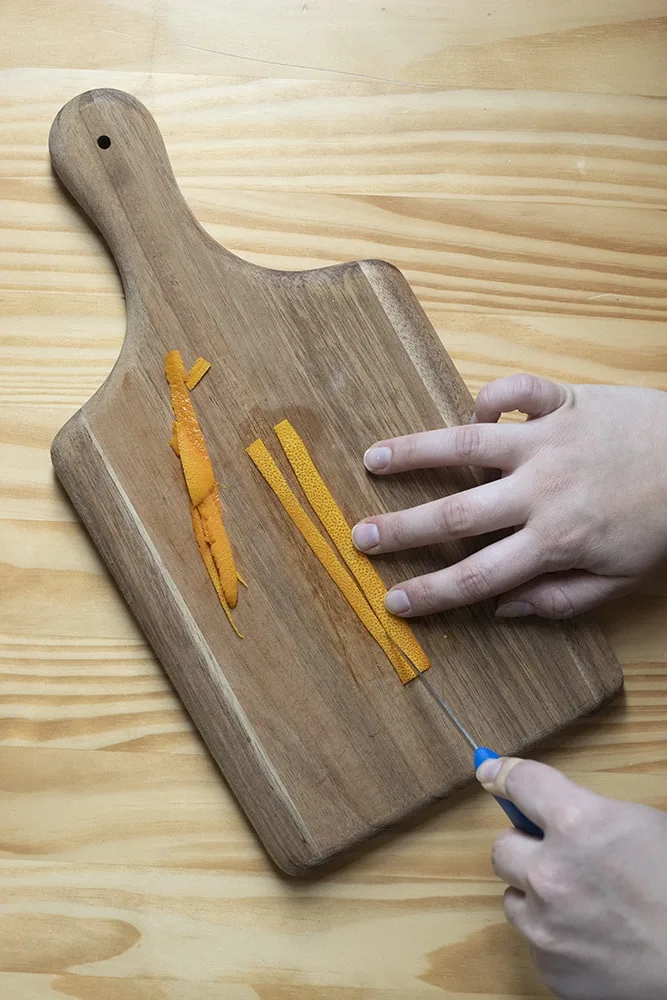
Taking advantage of a resource like orange peel is an ingenious approach to removing glue from surfaces; not only does this method use a common household item that would otherwise go to waste but it also leaves behind a pleasant citrusy smell.
Steps To Remove Glue Using Orange Peel
1. Cut the Orange Peel
Get a sharp knife and carefully cut a large enough piece of orange peel. Make sure it is big enough to cover the stuck-on glue spot.
2. Place the Peel
Place the orange peel over the glue and press down gently. The natural oils in the peel will start to soften the glue making it easier to get rid of.
3. Wait
Let the orange peel remain on the glue for a minimum of 10 minutes. You can leave it on for longer if necessary.
After the allotted time, remove the orange peel from the glue spot.
4. Wipe Off the Glue
Use a cloth that is free from dirt and grime to clean the adhesive.
10. Commercial Glue Remover
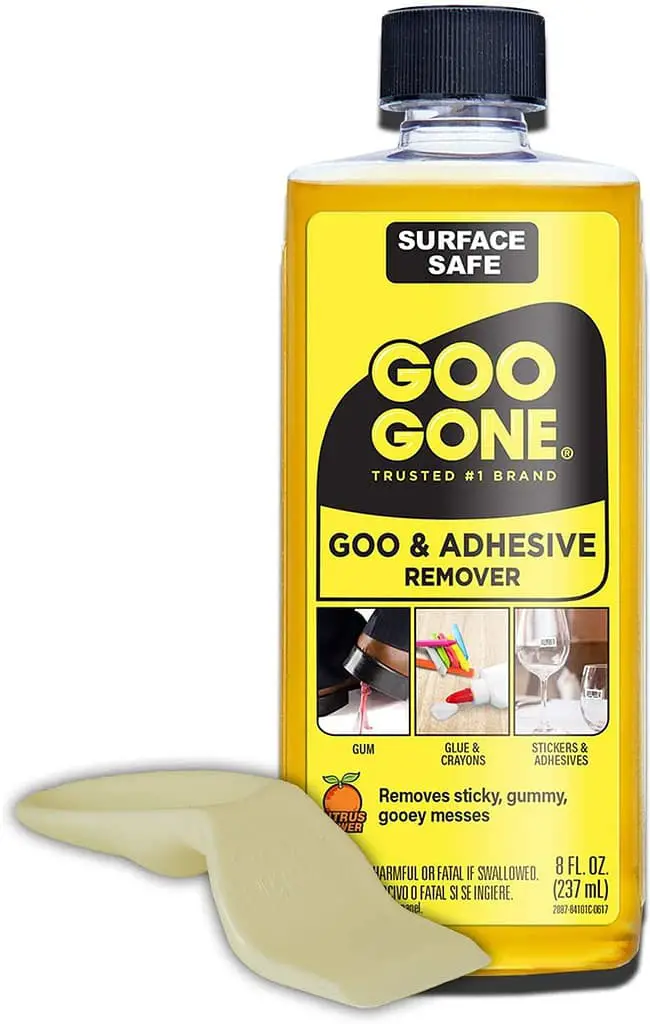
Commercial glue removers like Elmer’s Sticky Out Adhesive Remover are powerful chemicals designed to dissolve and remove glue residues from various surfaces.
Unlike natural remedies, which may take longer to work or may not be effective for tough adhesives, commercial glue removers work quickly.
When using a commercial glue remover, it’s important to read and follow the instructions on the product label.
Conclusion
Accidents with glue are common and can leave your wood looking unpleasant. But you don’t have to panic – there are ways to remove glue from the wood and thus protect it from damage.
With the appropriate precautions in mind, it is easy to remove glue from wood with a variety of methods such as using household products, scraping tools, or commercial products.
No damage will occur when following these steps accordingly.
